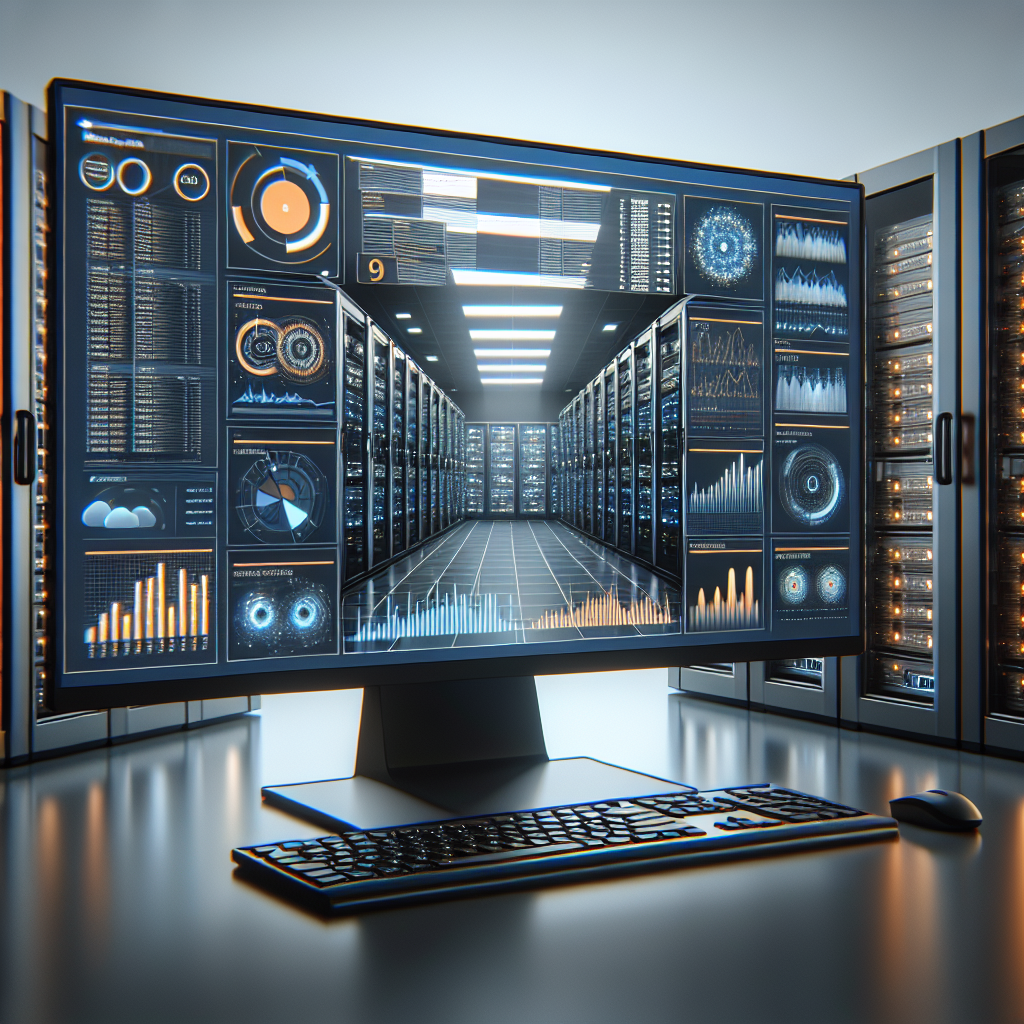In today’s digital age, data centers play a crucial role in the operation of businesses and organizations. These facilities house and manage the critical systems and infrastructure that support the storage, processing, and distribution of data. As such, it is essential for data center managers to continuously monitor key metrics in order to ensure optimal performance and efficiency.
Monitoring key metrics in your data center can help you identify potential issues, optimize resource utilization, and improve overall performance. By keeping a close eye on these metrics, you can proactively address any issues before they escalate into major problems that can disrupt operations and lead to costly downtime.
Here are some key metrics that data center managers should monitor for improved performance:
1. Power Usage Effectiveness (PUE): PUE is a metric that measures how efficiently a data center uses electricity. A lower PUE value indicates that a data center is operating more efficiently. Monitoring PUE can help identify areas where energy consumption can be reduced, leading to cost savings and environmental benefits.
2. Cooling Efficiency: Data centers require cooling systems to maintain optimal operating temperatures for servers and other equipment. Monitoring cooling efficiency metrics, such as cooling capacity, airflow, and temperature differentials, can help identify potential issues with cooling systems that may impact performance and reliability.
3. Server Utilization: Monitoring server utilization metrics, such as CPU and memory usage, can help identify underutilized or overutilized servers. By optimizing server utilization, data center managers can improve performance, reduce energy consumption, and extend the lifespan of hardware.
4. Network Performance: Monitoring network performance metrics, such as latency, packet loss, and bandwidth utilization, can help identify bottlenecks and inefficiencies in the data center’s network infrastructure. By optimizing network performance, data center managers can ensure faster data transmission and improved reliability.
5. Storage Capacity and Performance: Monitoring storage capacity metrics, such as disk space usage and I/O performance, can help ensure that data center storage systems have sufficient capacity and are performing optimally. By identifying and addressing storage capacity issues proactively, data center managers can prevent data loss and performance degradation.
6. Environmental Conditions: Monitoring environmental metrics, such as temperature, humidity, and air quality, can help ensure that the data center environment is conducive to optimal equipment performance. By maintaining proper environmental conditions, data center managers can prevent equipment failures and downtime.
In conclusion, monitoring key metrics in your data center is essential for ensuring optimal performance and efficiency. By regularly tracking and analyzing these metrics, data center managers can identify and address issues proactively, optimize resource utilization, and improve overall performance. Investing in monitoring tools and systems that provide real-time insights into key metrics can help data center managers stay ahead of potential problems and ensure the smooth operation of their facilities.


Leave a Reply